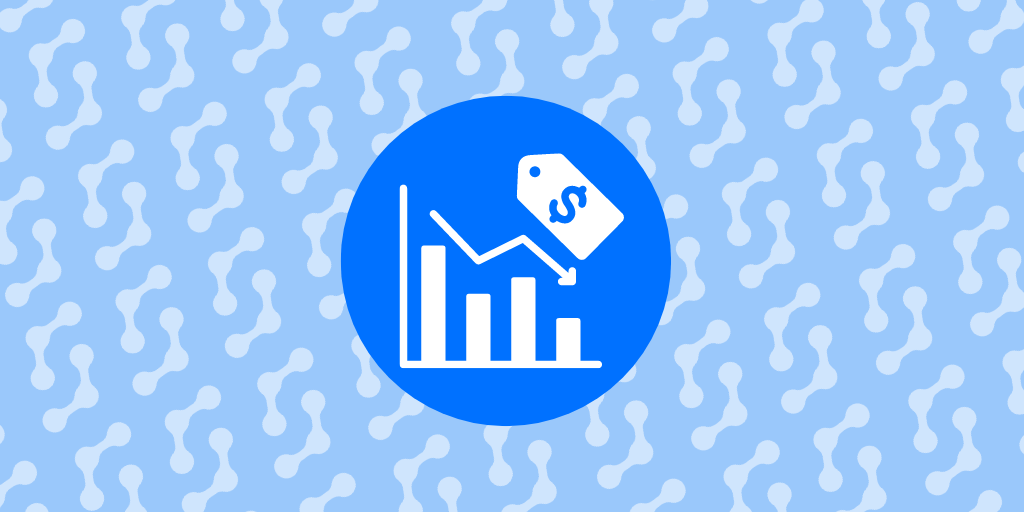
Retail price elasticity: How to increase profits
07/11/2024 - Pricing strategy
Price elasticity is a key concept in the retail sector that determines how demand for a product changes in response to price changes.
Understanding and effectively applying this principle can be the key to maximizing profits in a competitive market.
That’s why we wanted to dedicate an article to analyzing how elasticity affects pricing decisions and how tools like Reactev’s price analysis software can help you optimize decisions to increase your company’s profits.
What is price elasticity, and how is it calculated?
Price elasticity is an indicator that measures how demand for a product varies in response to price changes.
A product is considered elastic when a minimal price variation produces a significant change in demand, and inelastic when price changes have little impact on demand.
The main factors that influence a product’s elasticity include:
- Consumer price sensitivity: This measures how consumers respond to price changes. A product will be elastic if consumers are highly sensitive to price variations and inelastic if price sensitivity is low.
- Availability of substitute products: The existence of similar alternatives can increase a product’s elasticity. If there are numerous substitutes available, consumers can easily go for an alternative if the price of the original increases, making the original product more elastic in terms of price.
- Product need: Staple goods often have inelastic demand. This means that consumers will continue to buy them despite price increases.
- Percentage of income spent on the product: Products that swallow up a considerable part of consumers’ budgets tend to be more elastic.
How to calculate price elasticity
The price elasticity of a product is calculated by dividing the percentage change into the quantity demanded (or in the supply chain) by the percentage price change. This calculation gives a coefficient that classifies product elasticity into three categories:
- A value of 1 indicates that the product has unitary elastic demand, i.e., price changes result in a proportional change in demand.
- A value greater than 1 indicates that the product is elastic, and price variations cause a more significant percentage change in demand.
- A value below 1 reveals that the product is inelastic, and price changes have minimal impact on demand.

Strategies to manage price elasticity and increase profits
The two most popular strategies for managing price elasticity to optimize revenue and profit margins are dynamic pricing and elasticity-based price segmentation.
Dynamic pricing
This technique allows us to adjust prices automatically according to fluctuations in market demand.
For example, during periods of high demand, prices can be increased to maximize profits, while in periods of low demand, prices can be reduced to attract more consumers and increase sales.
Dynamic pricing requires in-depth and constant analysis of market behaviour and the ability to adapt quickly to changes. Advanced dynamic pricing tools like Reactev’s handle these tasks to make real-time decisions.
Elasticity-based price segmentation
Elasticity-based price segmentation divides the market into groups according to their response to price changes.
For example, customers with high elasticity – where minimal price changes can lead to significant changes in demand – can be offered lower prices to increase sales volume.
On the other hand, for segments with low elasticity, where price changes have little effect on demand, prices can stay high to maximize profits.
To ensure you implement these strategies correctly, we recommend using Reactev’s price analysis software. This will allow you to visualize any variable affecting your business and make the best real-time decisions.
Category: Pricing strategy
